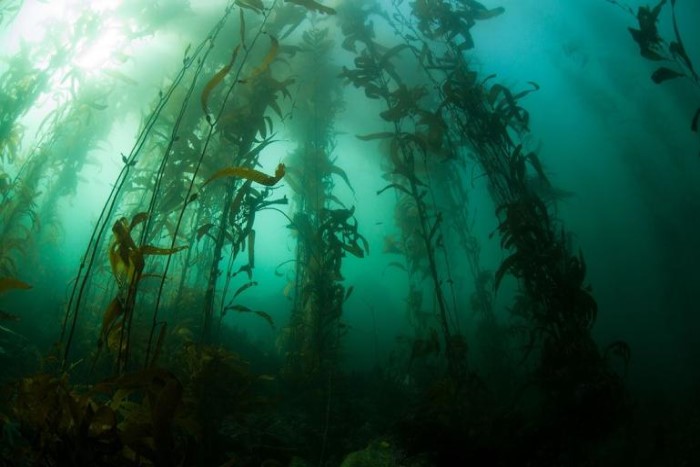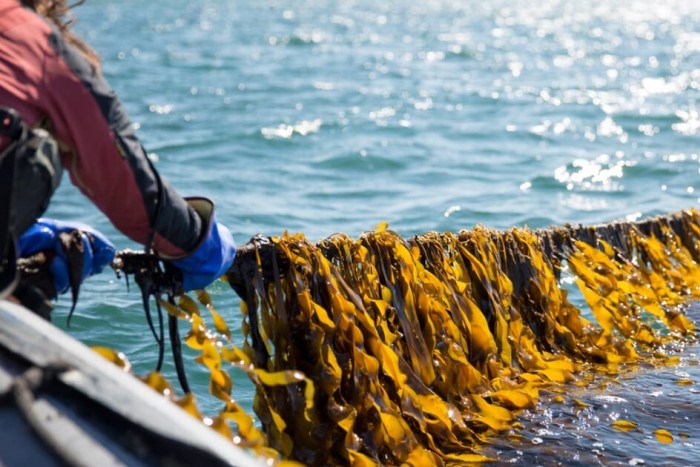Summary
If you were considering where to build your next seaweed farm, look no further. In this paper, we join Froehlich et al, as they map out suitable areas and envisage how seaweed aquaculture might contribute towards carbon offsetting in the future.

Results
As you can see from the image, the potentially suitable area (blue) is massive. However, as some of you might suspect, the paper suggests it's highly unrealistic to use even a fraction of this due to the constraints of cost and feasibility.
The team goes on to evaluate how seaweed aquaculture could help us mitigate greenhouse gas emissions. Unfortunately, they conclude that the total ocean area required to significantly mitigate global emissions is too great. For example, in order to mitigate emissions from global agriculture using seaweed aquaculture, we would need to increase our operations from the current 1.9 thousand km2 to 7.3 million km2. It's simply too much.

As a consequence of their findings, they propose using seaweed farming on a regional level instead. Places like California could benefit from seaweed farming's ability to create healthier oceans and locally offset some emissions.
In addition, they suggest using seaweed farming to offset global aquaculture emissions, which plays a smaller role in global warming. Froehlich et al, estimate that 273- 474 km2 of seaweed farms would be needed to make the whole aquaculture industry carbon neutral. This area is between 14%- 25% of all currently cultured seaweed production, which they argue is only a tiny fraction of the total 48 million km2 available.
Despite these findings, it's all based on one big assumption: that we can sequester carbon dioxide by sinking seaweed grown in farms to the deep ocean. If future technological developments can facilitate this natural process, then farming might be able to contribute to net zero in the ways outlined by the paper.

Share this:
Tweet



